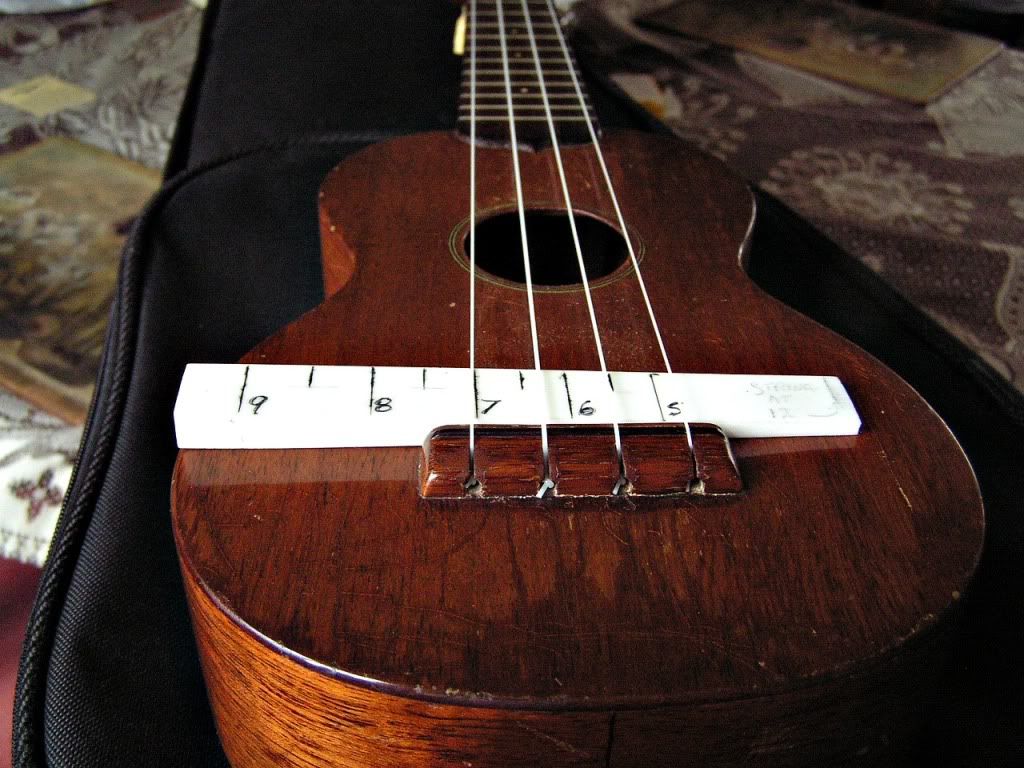Personally, I'd go for the height which gives you your desired action at the 12th fret!
Or are you trying to reverse engineer your fretboard thickness from this number? If so, I wouldn't bother. Make a 3mm or 4mm fretboard, then build your saddle to fretboard thickness + twice desired action at the 12th.
This assumes you can build a top and neck which are perfectly aligned (I can't), and if not, use my method. Build it and fret the neck, place a spacer on the 12th fret at your desired action height, run a straight edge from the nut over this spacer and measure the saddle height you need.

